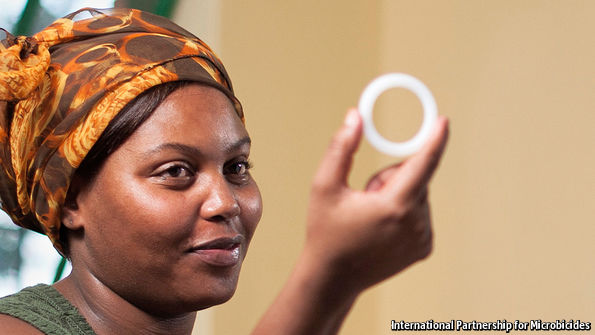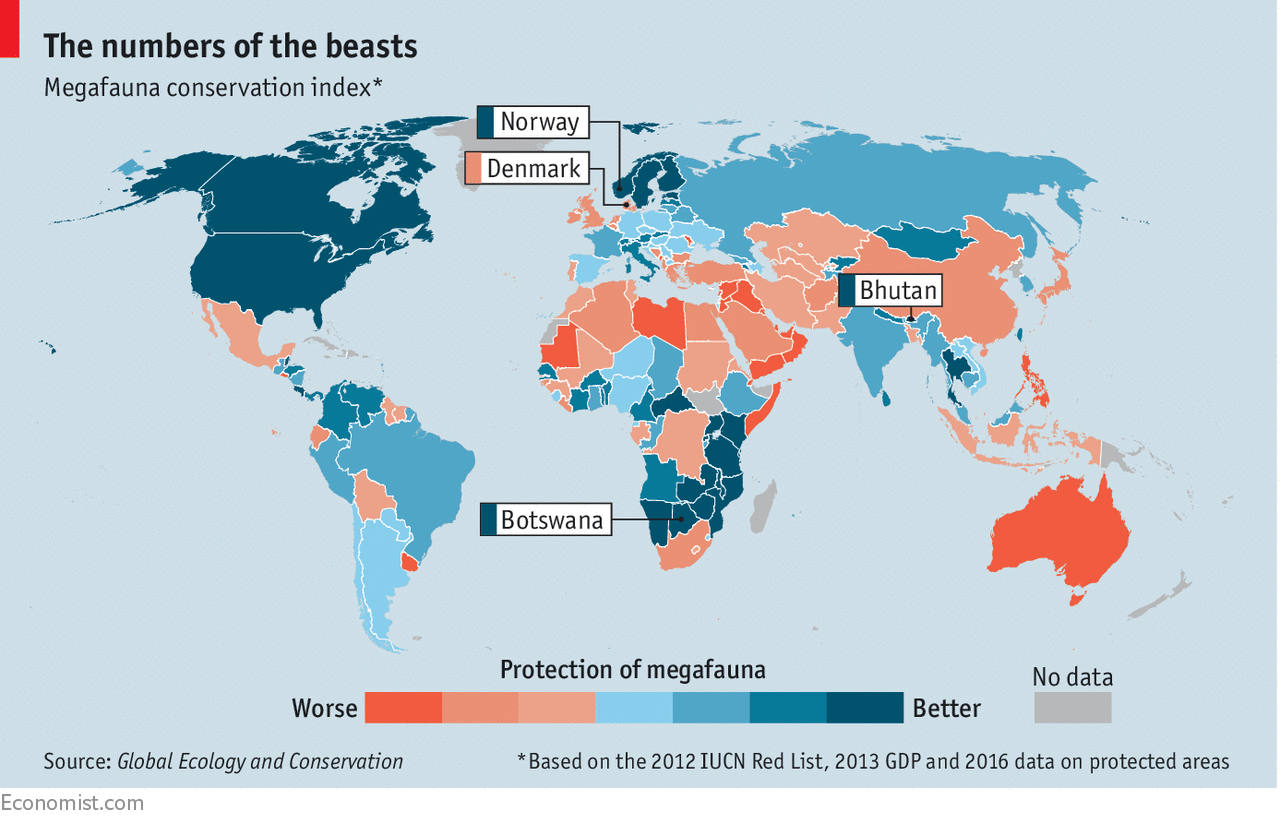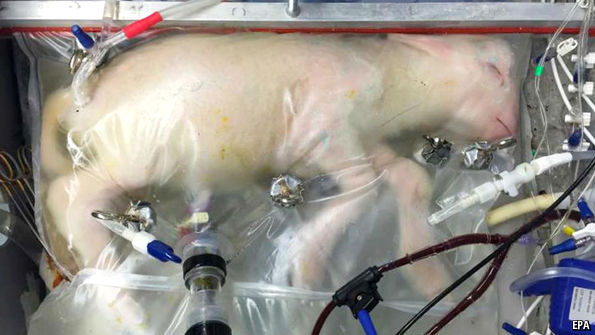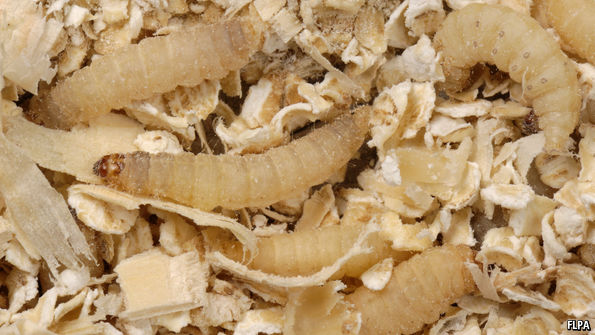A self-repairing surface that stays clean and dry
THE repulsive powers of lotus leaves are the stuff of legend. Water sprayed onto them forms instantly into silvery beads (see picture) and rolls right off again—carrying any dirt on the leaf’s surface with it.
The physics behind this impressive and beautiful phenomenon is well understood. Lotus leaves repel water because they are covered with minuscule waxy nodules that stop water molecules bonding with a leaf’s surface tissues, meaning those molecules bond with each other instead. That arrangement has been replicated in several man-made materials. Unfortunately, these are easily damaged by abrasion—and, not being alive, cannot regrow and repair themselves. They are thus hard to commercialise, which is a pity, because the self-cleaning, self-drying surfaces they create could be of great value. A technique just described in Langmuir by Jürgen Rühe of the University of Freiburg, in Germany, may, however, fix this problem by giving lotus-like materials the…Continue reading
Source: Economist













